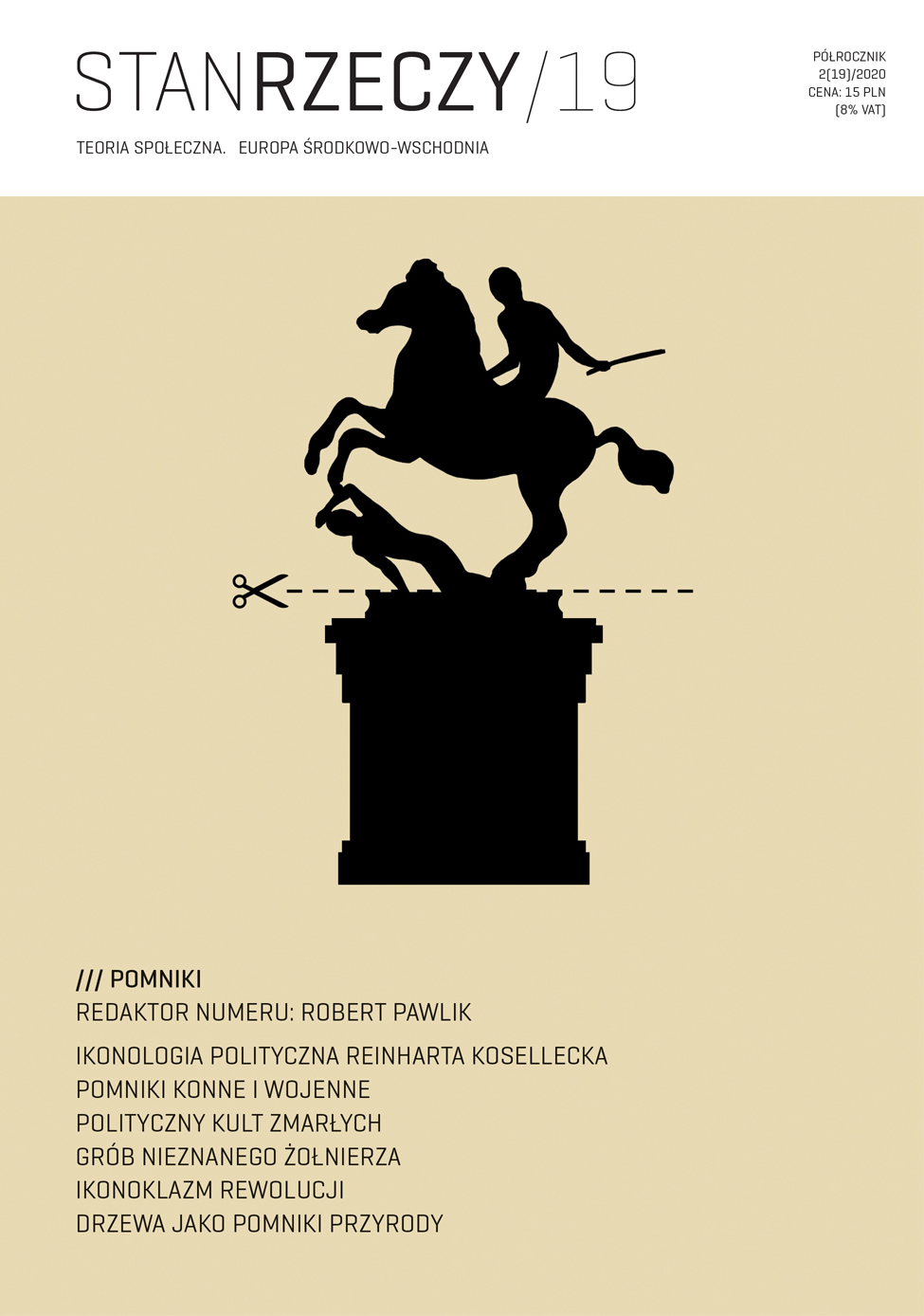Konne figury władzy
Equestrian Figures of Power
Author(s): Marcin LaberschekSubject(s): Politics / Political Sciences, Politics, Social Sciences, Sociology, Studies in violence and power, Sociology of Politics, Politics of History/Memory, Politics and Identity
Published by: Wydział Socjologii Uniwersytetu Warszawskiego
Keywords: monuments;equestrian statues;power;symbols of power;periods of power;
Summary/Abstract: The tradition of equestrian monuments is over 2,500 years old. The origins of such monuments date back to ancient Greece and Rome, and their numerous manifestations can be found today not only in Europe but on all continents. These monuments are not accidental – they perform a specific social function which is indicated both by the symbolism of a horse and rider, as well as by the figure of the rider himself. By analysing equestrian statues, the author of the paper attempts to answer the question: What is the function and social significance of equestrian statues as figures of power and how has this significance changed over time? Four main periods of power, manifested in equestrian statues, have been distinguished: 1) the ancient period of absolute power, 2) the medieval period of divine power, 3) the modern period of absolute power, 4) the modern period of democratic power.
Journal: Stan Rzeczy
- Issue Year: 2020
- Issue No: 19
- Page Range: 39-72
- Page Count: 34
- Language: Polish

